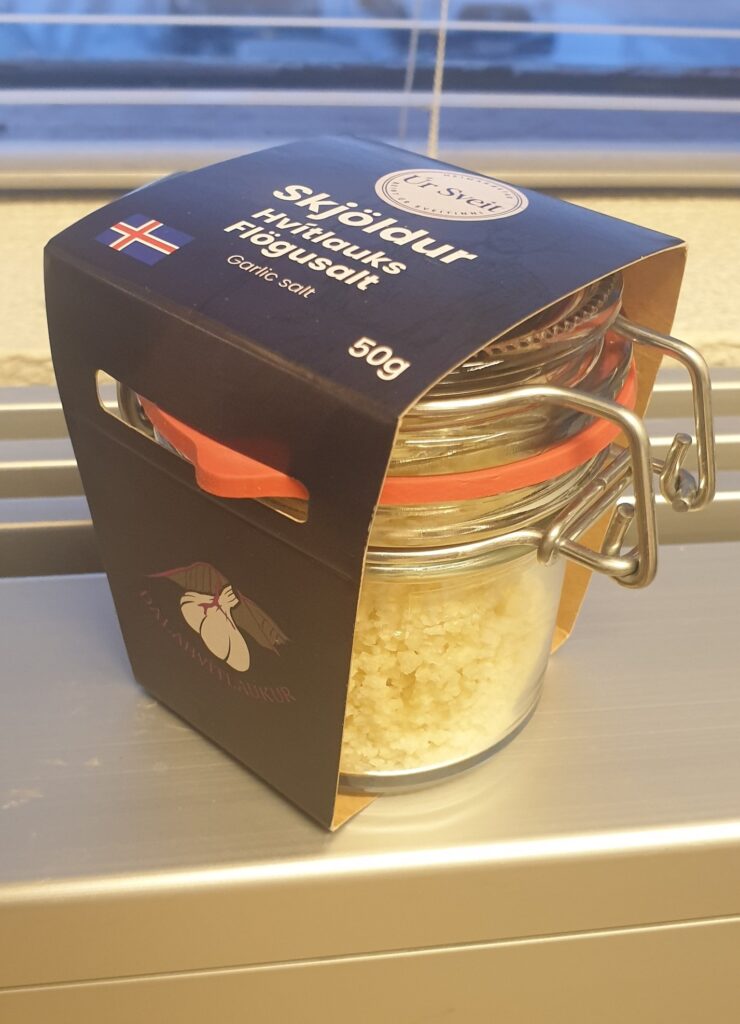The production, sale and distribution of Dalahvítlauk's products is an example of a successful process where Matís' advice and facilities come into play. Here you can find information and advice that should be kept in mind when starting food production.
The husband and wife Þórunn Ólafsdóttir and Haraldur Guðjónsson started producing garlic in full force in the summer of 2023, but garlic cultivation begins with sowing seeds in autumn and harvesting in late summer the following year. Last summer was spent almost exclusively on growing seeds, so the first whole garlics are expected in stores in the fall of 2024. However, a by-product of the seed cultivation is the cloves of garlic, which are too small for seeds, and that's where this story begins.
The couple turned to Matís for their sake The food factory which operates at Matís in Reykjavík and believed that operations in a fully equipped food factory that is already in operation would be sufficient to start food production, packaging, sales and distribution. However, something else happened during the day. Cultivation and sale of whole garlic does not require special permits since it is primary production. If the onion is further processed, such as separating the ribs in the onion, peeling, cleaning or further processing, then it is considered food processing.
Food processing, by whatever name it is called, requires a license. You need to apply for a work permit from those who grant it. The local health authority or the Swedish Food Agency, depending on the nature of the activity. In this case, it was the Reykjavík Health Authority that had to grant the permit.
Since some time had passed since the garlic was taken up, it was starting to lose quality, and therefore needed a quick hand in obtaining a work permit.
The first step is to make a quality manual. A quality manual must state what is to be produced, from which raw materials, who produces, where and how the production takes place. Information on nutritional content and possible intolerances is also needed. It must be demonstrated that the person understands the rules that food manufacturers obey, the shelf life of the product must be explained, which packaging will be used and confirmation that it is intended for food must be obtained. Then you need to know the difference between personal hygiene and general handling of food, for example possible cross-contamination and how to prevent it, but this is done through risk analysis.
As soon as there was a request for Matís to provide advice on the preparation of a quality manual, we started. A day later, a usable quality manual was ready that could be presented to the health inspectorate, and it was also then possible to request a work permit. The license was obtained two days later, and then the production of garlic salt began, but it is the first product that came to the market from Dalahvítlauk, produced in Matís's Matirsmiðja at Vínlandsleið 12.

